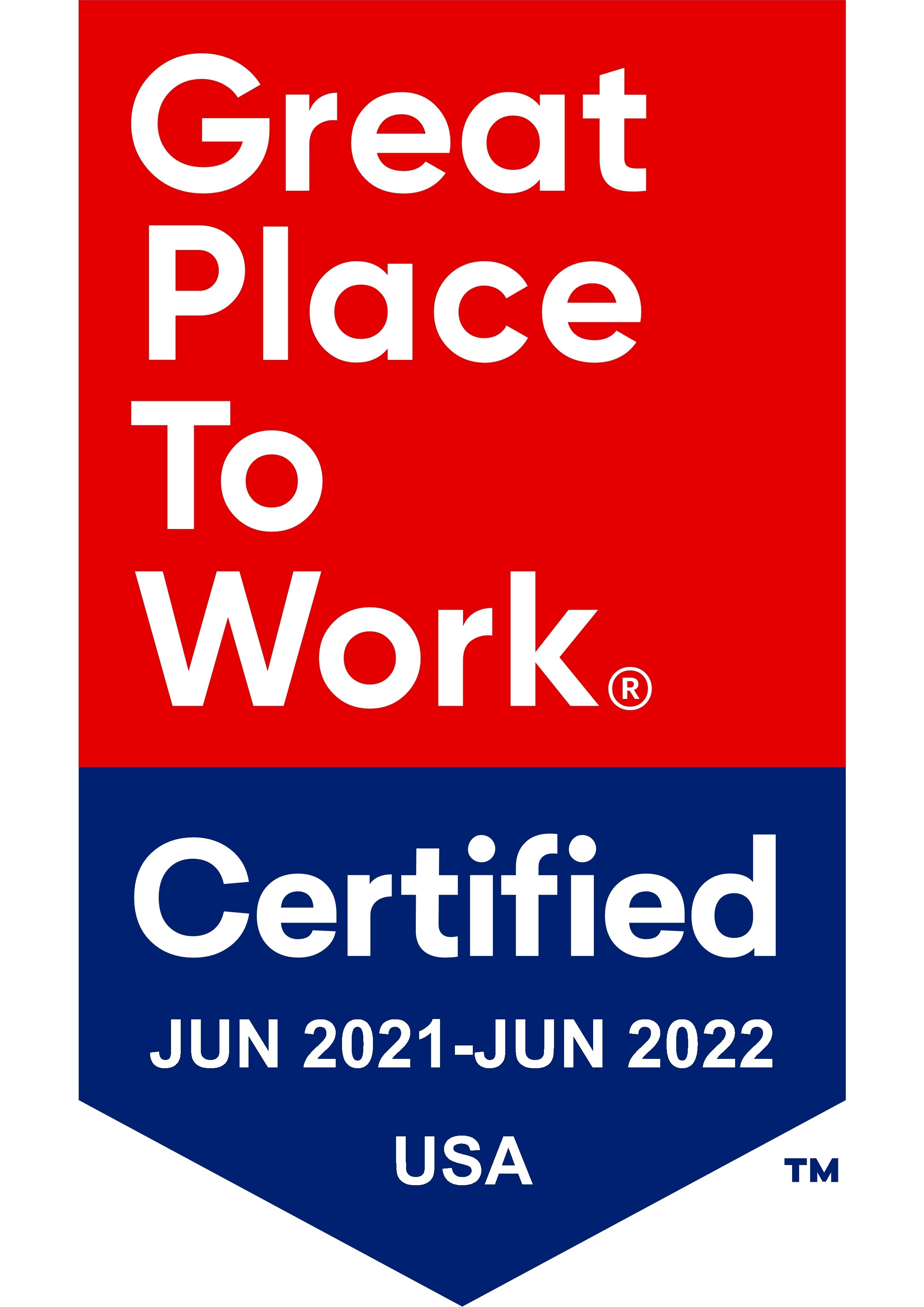While 36% of Americans report feeling good about their economic situation today, the majority remain pessimistic.
The recent decision to temporarily pause tariff increases between the U.S. and China grabbed public attention, but not necessarily public confidence.
In the latest instalment of Trade Winds, our ongoing research initiative tracking consumer sentiment and behavior in real time as tariff-related economic conditions shift, we asked Americans what they think this policy shift means for them, and how it makes them feel about the broader economic landscape. This research uses Rival’s mobile-first, conversational research platform in an ongoing insight community recruited from a nationally representative Angus Reid Group sample.
This latest study reveals a public that’s paying attention, processing in real time, and most of all, looking for clarity in the fog of economic instability.
80% of Americans are aware of the tariff pause, showing a population in-tune with the latest economic policy. But awareness doesn’t equal enthusiasm. When asked how they feel after hearing the news, respondents gave us a range of emotions – including indifference, confusion, hopefulness and frustration.
While 36% report feeling good about their economic situation today, the majority remain pessimistic—seeing this pause as short-term relief, not lasting recovery.
As one participant put it:
“The pause has nothing to do with making our lives easier… it’s merely an excuse for Trump to not take responsibility for his irresponsible actions.” [Female, 39, Midwest]
The anticipated personal impact of the tariff pause is crystal clear for most Americans. Americans most frequently cited the cost of everyday goods (76%), product availability (65%), and shopping habits (55%). Far fewer expect the pause to affect areas like job stability (13%) or travel (12%)
There’s a sense that the tariff pause will play a role in daily life—but few are bracing for significant disruption. Almost half (43%) said they’ll feel “somewhat” impacted, and only 14% anticipate a major impact. But when we asked which products are most likely to shift in price, they named essentials: personal electronics (63%), appliances (54%), and clothing (52%), showing a more direct impact through everyday items. The impact may not feel transformational—but it is tangible.
We asked Americans to share their gut reaction to hearing about the US-China tariff pause — and the responses fell into three major themes:
Frustration with Trump-era unpredictability, with one respondent bluntly saying:
Exhaustion from instability, reflected in comments like:“The President has no game plan and is in way over his head.” [Male, 69, South]
“Temporary pause means no solution, only purgatory.” [Male, 27, Midwest]
And a thread of cautious optimism, where some saw an opportunity to reset:
“Hopefully prices will either stagnate or go down soon.” [Male, 27, West]
This diversity of reactions points to a broader truth: Americans don’t just want better policy — they want predictability, relief, and leaders who treat economic pressure as something real, not rhetorical.
To wrap up, we asked participants to explain the tariff pause to someone who doesn’t follow politics. The answers are pragmatic. They talk about avoiding price hikes, managing uncertainty, and getting a temporary break with no illusions about permanence.
“Basically, we’re where we started. Only now we’re waiting again.” [Female, 35, West]
The bottom line
The tariff pause may be a political maneuver. But to the public, it’s personal. It's another signal in a noisy economy, one that's made people more price-sensitive, more skeptical, and more selective.
And while Americans aren’t expecting miracles, they are watching. Closely.
Update: Ongoing Tariff Developments
It's important to note that the trade landscape continues to evolve. Over this past weekend, President Trump announced a delay in implementing a proposed 50% tariff on imports from the European Union, pushing the deadline to July 9 to allow for further negotiation. This move follows similar patterns of temporary pauses in tariff escalations.
These developments underscore the ongoing uncertainty in global trade policies, which continue to impact consumer sentiment and economic outlook. As the situation unfolds, we'll continue to monitor and share insights from our Trade Winds community on how these policies affect Americans.

Varun Jog
Associate Research Director at Reach3 Insights







.webp?width=65&height=83&name=A-LIGN_HIPAA%20(1).webp)

